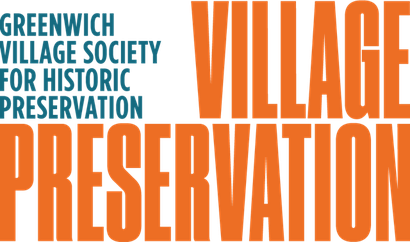The Seneca Falls Convention in 1848 in Seneca Falls, New York was the first women’s rights convention. Among the signers of the “Declaration of Sentiments” promulgated at the convention was Lucretia Coffin Mott, a Quaker, abolitionist and women’s rights activist. Lucretia Mott attended the same Quaker Nine Partners boarding school as Eliza Bowne (1787-1852), a Bowne House resident, and graduated soon after her before embarking on her distinguished career.
Flushing, Queens has its own heroines to celebrate when the United States marks the 100th Anniversary of Women’s Suffrage on August 18, 2020. The Parsons sisters Anna (1859-1948) and Bertha (1869-1946), the last of the Bowne/Parsons descendants to live in the Bowne House, were contemporaries of Eliza MacDonald (1845-1937), organizer and President of the Flushing Equal Franchise Association in 1913 and Vice-President of the Queens branch of the New York Woman Suffrage Party in 1916. We do not know if the Parsons sisters knew Eliza MacDonald or if they were ever publicly involved in advocating for suffrage, but we do know they took their civic responsibilities seriously. Anna participated in the Flushing Female Association which provided free education to African-American children in Flushing, including those of former slaves, and Bertha assisted the Flushing Workers Association in providing daycare and other aid to children of working women. They were also both pioneers in preserving the legacy of the Bowne House.
The Parsons sisters were the last occupants of the Bowne House in a long line of strong independent minded women in the Bowne/Parsons’ families who lived in the house since 1661 and whose social and civic contributions to the Flushing and greater New York City community are detailed in an article which is newly published here on August 18, 2020.















